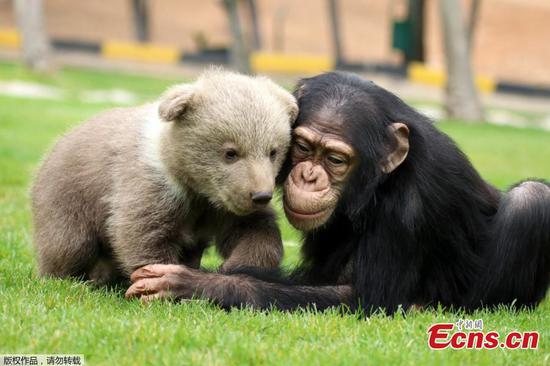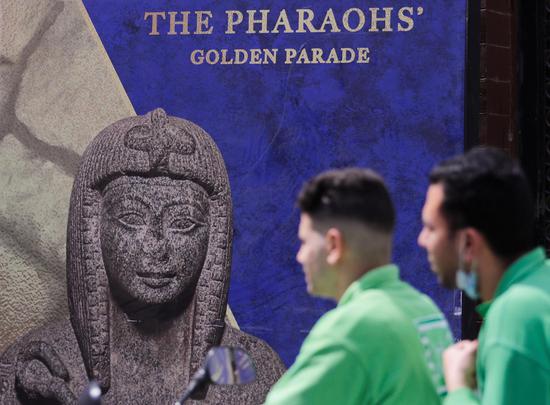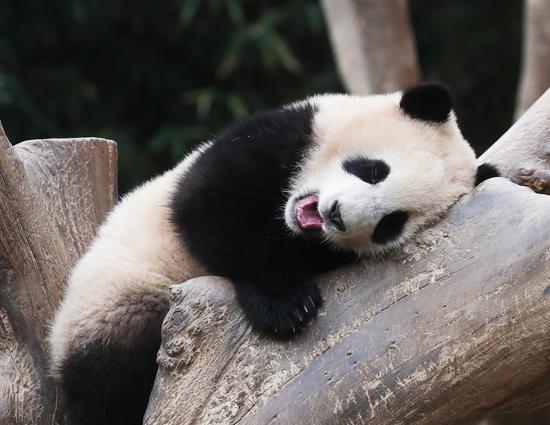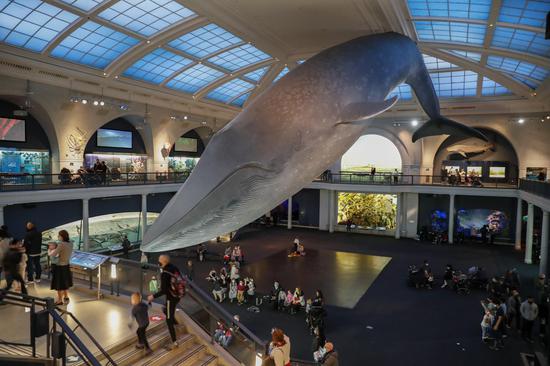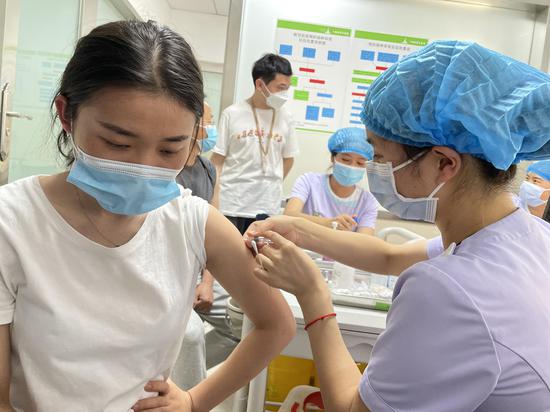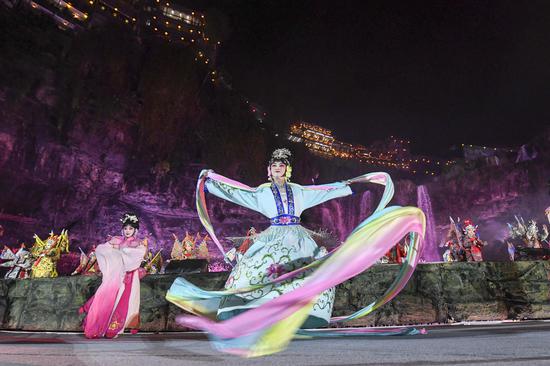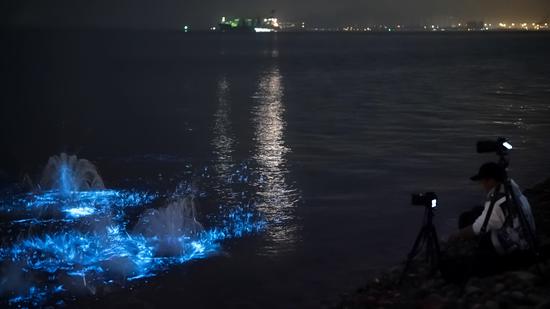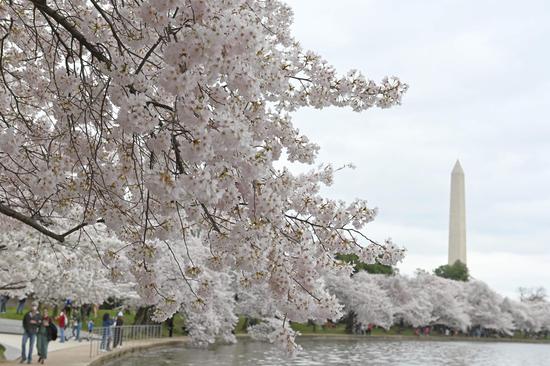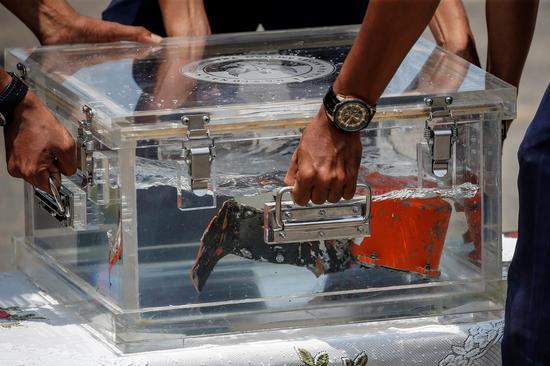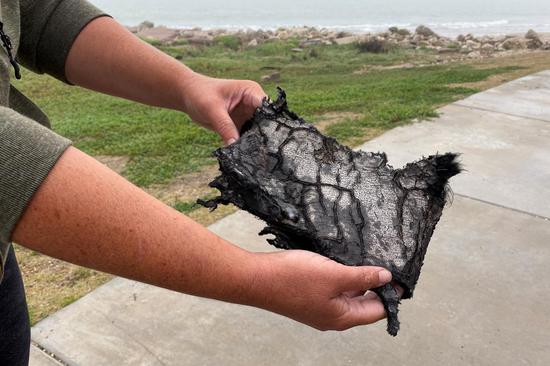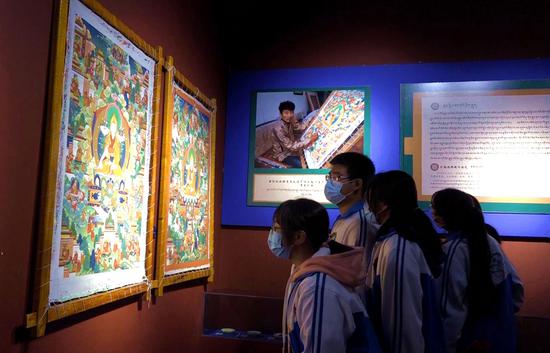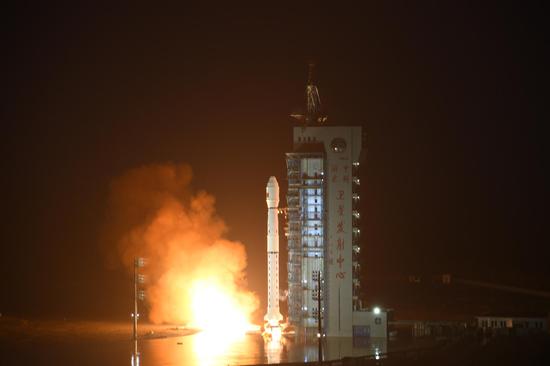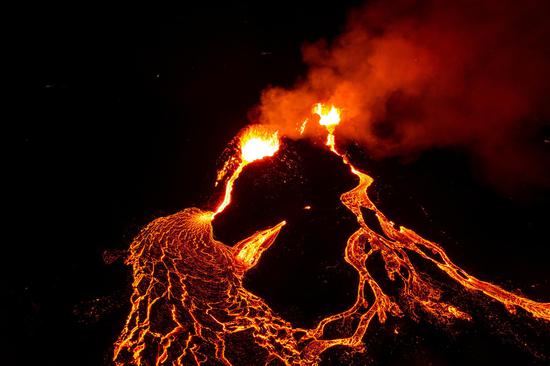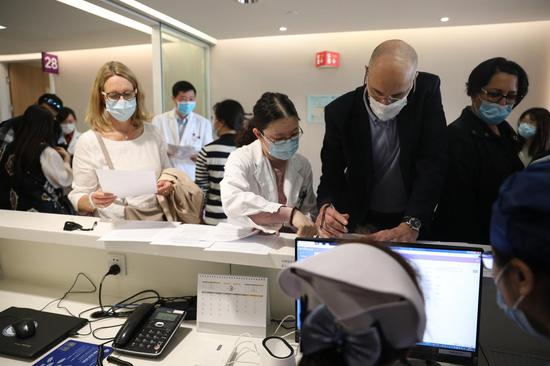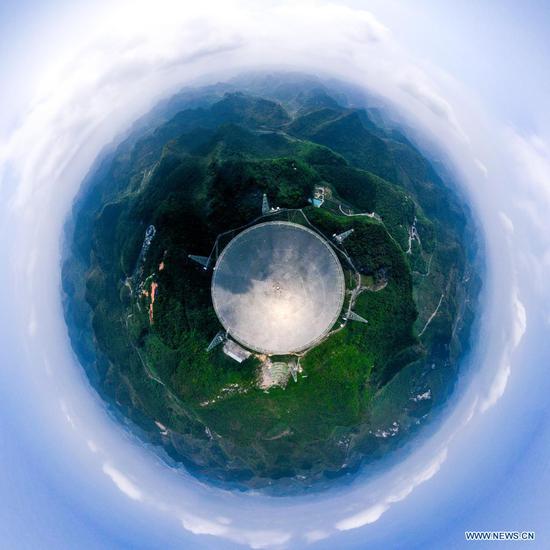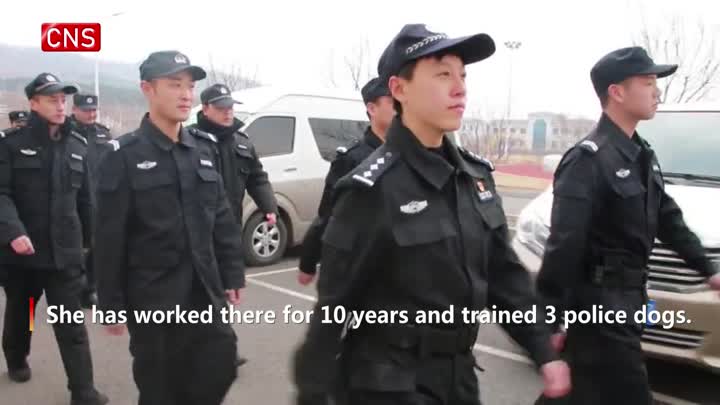Mei Xiang's cub, who was born earlier this month, is "growing nicely," Michael Brown-Palsgrove, curator of Asia Trail and giant pandas with the Smithsonian's National Zoo here, said on Monday.
"Over the weekend, giant panda Mei Xiang continued to take excellent care of her newborn cub," Brown-Palsgrove wrote in an update. "Although we have not yet had an opportunity to conduct an exam on the cub, we can tell from our observations via the Panda Cam that it is growing nicely."
The curator said they expect Mei Xiang to leave the den for longer periods to eat in the coming days.
"When she does, the panda team will perform a quick check of the cub's body parts and weigh it," he added. "When time permits, we will take a cheek swab for DNA analysis."
Male and female giant panda cubs look very similar at birth, so genetic testing is the most precise method for determining the cub's sex.
Mei Xiang, 22, gave birth to the cub on Aug. 21, the seventh since she and male giant panda Tian Tian began living in the zoo in 2000. Three of her cubs have survived to adulthood.
The female giant panda was artificially inseminated in March this year with frozen semen collected from Tian Tian. Veterinarians confirmed evidence of a fetus on an ultrasound earlier this month.
In the cub's first few days, Mei Xiang kept it mostly hidden, tucking it beneath her armpit or between her forearms. Recently, the mother has started leaving her den to drink, a positive sign that the cub can stay warm on its own for short periods.
Part of the world-renowned Smithsonian Institution, the national zoo, located in Northwest Washington, D.C., has a decades-long partnership with Chinese scientists and curators on conserving giant pandas. Enditem













